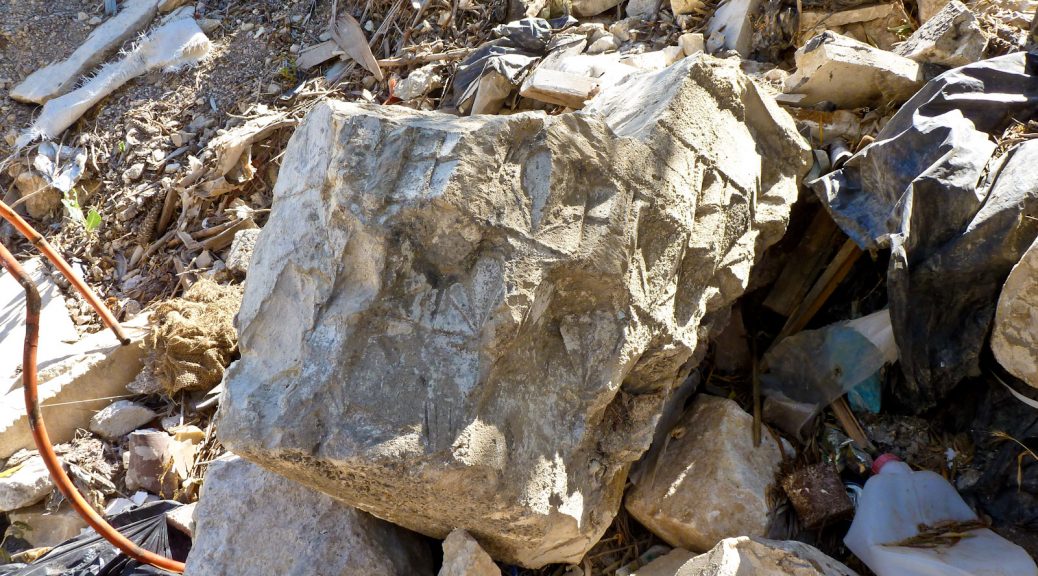A new program is being started by the Temple Mount Sifting Project that will allow people to help uncover ancient Jewish artifacts from Jerusalem… right in their own community. The project includes a mobile unit that brings soil and archaeological preservation equipment to communities and institutions around Israel. The soil is filled with ancient artifacts that have yet-to-be uncovered from Jerusalem’s Temple Mount, where the first and second Holy Temples stood over 2,000 years ago. Check this out!
Photo for illustrative purposes only. Photo Credit: Holy Land Photos
Temple Mount Sifting Making a Comeback with Sift at Home Project
Article Courtesy: JewishPress.com
The Temple Mount Sifting Project is renewing its activity, and, for the first time in the history of archaeological research in Israel – the site will be coming to you. The sifting, which was conducted until recently in Emek Tzurim National Park, has now been transformed into a mobile activity which can traverse the country and engage various schools, institutions, and communities.
Yes, the Temple Mount Sifting Project will be bringing the antiquities-rich soil the Arabs illegally removed from the Temple Mount in the late 90s, to a number of communities and institutions throughout Israel. Students and other volunteers will be able to sift through this material and take part in the important work of recovering the ancient artifacts within.
One such sifting activity was undertaken Wednesday in the Yeshurun School in Petach Tikva, and the project is already taking requests from other communities throughout Israel.
This new archaeological program focuses on sifting the remaining soil from the southeastern corner of the Temple Mount, just north of the subterranean structure of “Solomon’s Stables.” In 1999, during an illegal excavation conducted by the Northern Branch of the Islamic Movement and the Waqf, 9,000 tons of antiquities-rich earth was removed from the Temple Mount and dumped in the nearby Kidron Valley.
In 2004, archaeologists Dr. Gabriel Barkay and Zachi Dvira (Zweig) established the Temple Mount Sifting Project in order to recover the ancient artifacts hidden in the soil, and to conduct in-depth research that will shed new light on the history of the Temple Mount. The sifting has resulted in more than half a million artifacts so far, ranging from the prehistoric times to the modern time, mostly from the First Temple Period onwards. These are the first archaeological finds ever recovered from within the Temple Mount itself. The study of these artifacts and their publication are of great importance to the scientific community and the general public.
The project enables its volunteers to take an active role in the salvage of artifacts buried in the soil. Over the years, the project has been able to involve an unprecedented number of volunteers in its work. Because it is a sifting project, which can accommodate larger crowds than a traditional excavation, more than 200,000 people have participated in the project – a world record in archaeological research.
According to Zachi Dvira, co-director of the project, “we want to make Temple Mount heritage accessible to the entire Israeli public. We will provide them with the experience and the privilege of saving antiquities from this soil which was savagely excavated with no archaeological supervision. In this new program, we now aim to reach the parts of the public who found it difficult to come to the sifting site in Jerusalem.”
The mobile sifting is accomplished by loading the soil onto a truck in large sacks which are then brought to the community’s site where sifting stations and a water system are set up. Each group or class participates in an activity that lasts for 1.5 to 2 hours and includes an educational presentation of the archaeology of the Temple Mount and the story of the Sifting Project. Then, the volunteers sift through the soil, collecting all the archaeological finds, which fascinates young and old alike.
Read the Full Article

 Join Now
Join Now Sign Petition
Sign Petition Tell Friends
Tell Friends








